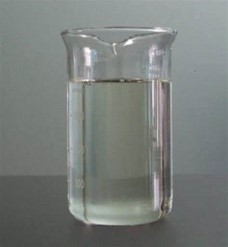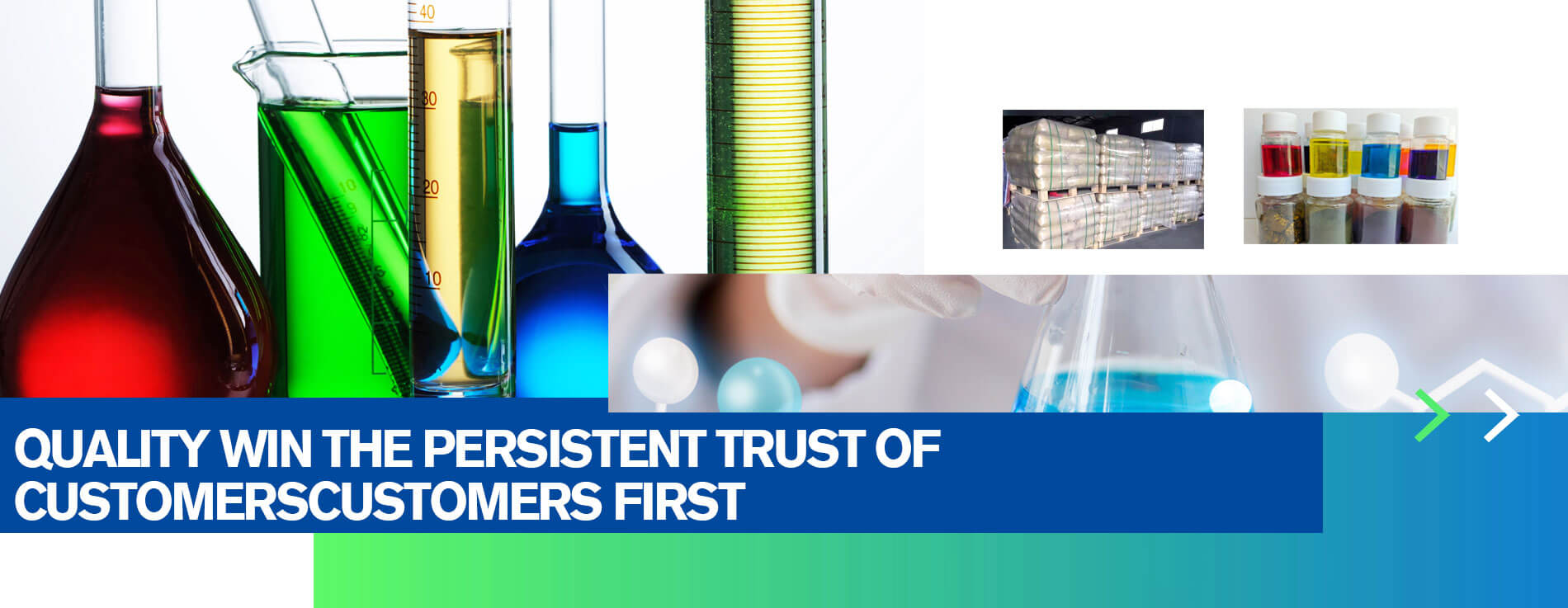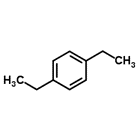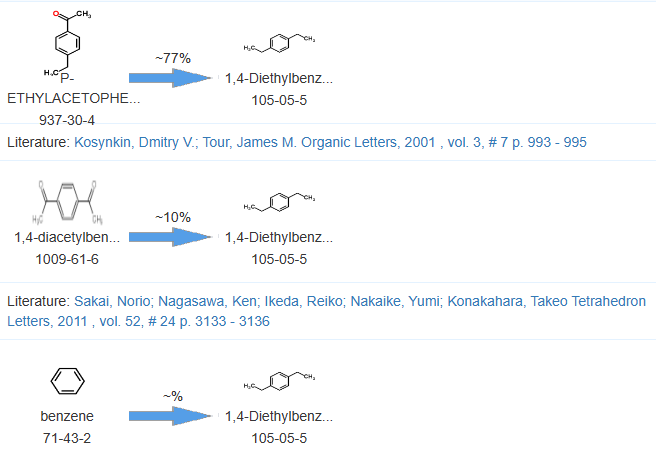1,4-Diethylbenzene

Specifications
| Item | Index | |
| Appearance | Colorless liquid | |
| Purity, wt% | >99 | |
| C9 aromatics and light components, wt% | <0.15 | |
| Other C10 alkylbenzene, wt% | balance | |
| C11 aromatics and recombinant points, wt% | <0.2 | |
| Bromine index, mgBr/100g | <5 | |
| Carbonyl base, mg/L | <1 | |
| Total sulfur, µg/g | <1 | |
| Total nitrogen, µg/g | <1 | |
| Total chlorine, µg/g | <1 | |
| Chromaticity (Pt-Co) | <10 | |
| Density 20℃, g/ml | 0.865±0.005 | |
Muilt Specifications
| Name | Order | Detail | ||||
| Liquefied petroleum gas | Order | Detail | ||||
| Ashless dispersant | Order | Detail | ||||
| Polyisobutylene succinic anhydride | Order | Detail | ||||
| Industrial liquid ammonia | Order | Detail | ||||
| Liquefied petroleum gas vehicle | Order | Detail | ||||
| Acetaldehyde for industrial use | Order | Detail | ||||
| Industrial glacial acetic acid | Order | Detail | ||||
| O-xylene | Order | Detail | ||||
| Pure benzene for industrial use | Order | Detail | ||||
| Industrial ethylene oxide | Order | Detail | ||||
Packing & Storage
| Packing | Tank car transportation | |||||||
| Storage | Store in a cool and ventilated warehouse. The storage temperature should not exceed 37℃. Keep away from fire and heat sources. Keep the container sealed. It should be stored separately from the oxidizing agent and should not be mixed. Explosion-proof lighting and ventilation facilities are adopted. It is forbidden to use mechanical equipment and tools that are prone to sparks. The storage area should be equipped with leakage emergency treatment equipment and suitable containment materials | |||||||
| Transportation | During transportation, the vehicle should be equipped with corresponding varieties and quantities of fire-fighting equipment and leakage emergency treatment equipment. During road transportation, follow the prescribed route and do not stop in residential areas and densely populated areas. It is forbidden to slip and let go during railway transportation. Using wooden and cement boats for bulk transportation are strictly prohibited. | |||||||
Free Quote
At present, the company has more than 10 advanced production lines of the hollow glass microspheres with the annual production capacity of 15 thousand tons. To meet the demand of customers, the company can expand production capacity as soon as possible within 20 days. 6S principles Implemented in the production systems.
For samples, pricing, or more information, please call us at 0086 25 51192301 or mail to info@ascent-chem.com or fill out the following form. We will respond to you as soon as possible.
Tel: 0086 25 51192301
E-mail: info@ascent-chem.com



General Information
| Common Names | 1,4-Diethylbenzene | ||
| Structure |  | ||
| CAS No. | 105-05-5 | Boiling Point (℃) | 183.1±10.0 °C at 760 mmHg |
| Molecular Weight | 134.218 | Melting Point (℃) | -43 °C |
| Appearance | Colorless liquid | Density | 0.9±0.1 g/cm3 |
| HS Code | 2902909090 | Flash Point (℃) | 56.7±0.0 °C |
| Solubility | Insoluble in water, soluble in most organic solvents such as ethanol, benzene, carbon tetrachloride, etc. | Vapor pressure | 1.1±0.2 mmHg at 25°C |
| Safety Phrases | S26-S36 | ||
| RIDADR | UN 2049 3/PG 3 | ||
| WGK Germany | 3 | ||
| Packaging Group | III | ||
| Hazard Class | 3 | ||
| FIRST AID | |||
| Inhalation | Leave the scene to a place with fresh air. If you have difficulty breathing, take oxygen. Seek medical attention. | ||
| Skin | Remove contaminated clothing and rinse with flowing water. | ||
| Eyes | Lift the eyelids and rinse with flowing water or saline. Seek medical attention. | ||
| Ingestion | Drink sufficient water to induce vomiting.Seek medical attention. | ||

Frequently Asked Questions
Applications of 1,4-Diethylbenzene
1,4-Diethylbenzene, also known as p-diethylbenzene or p-ethyltoluene, is a chemical compound with various applications. Here are some common applications of 1,4-Diethylbenzene:
1. Solvent: 1,4-Diethylbenzene is primarily used as a solvent in industrial processes. It has good solvency properties and is particularly effective in dissolving organic compounds such as resins, gums, and waxes. It is commonly employed in the production of paints, coatings, adhesives, and varnishes.
2. Chemical intermediate: It serves as an important intermediate in the synthesis of various organic compounds. For example, it can be used to produce pharmaceuticals, dyes, fragrances, and other specialty chemicals. The ethyl groups present on the benzene ring make it a useful starting material for the synthesis of more complex compounds.
3. Fuel additive: 1,4-Diethylbenzene has been used as an octane booster in gasoline. It has high octane rating properties, which means it enhances the knock resistance of fuels, leading to smoother engine operation and improved fuel efficiency.
4. Extraction agent: It can be employed as an extraction agent in various industrial processes. For instance, it is used in the extraction of aromatics from hydrocarbon mixtures, such as in the production of benzene, toluene, and xylenes (BTX).
5. Chemical research: 1,4-Diethylbenzene is utilized as a reagent and reference material in chemical research and analysis. It can be used as a standard compound for gas chromatography (GC) and other analytical techniques.
It’s worth noting that the applications of 1,4-Diethylbenzene may vary depending on the specific industry and context. Proper handling and safety precautions should always be followed when working with this chemical compound.
Contact Us
TEL: 0086 25 51192301
EMAIL: info@ascent-chem.com
EMAIL: sophiahoney247@gmail.com
Copyright © Ascent Sbr All Rights Reserved.

